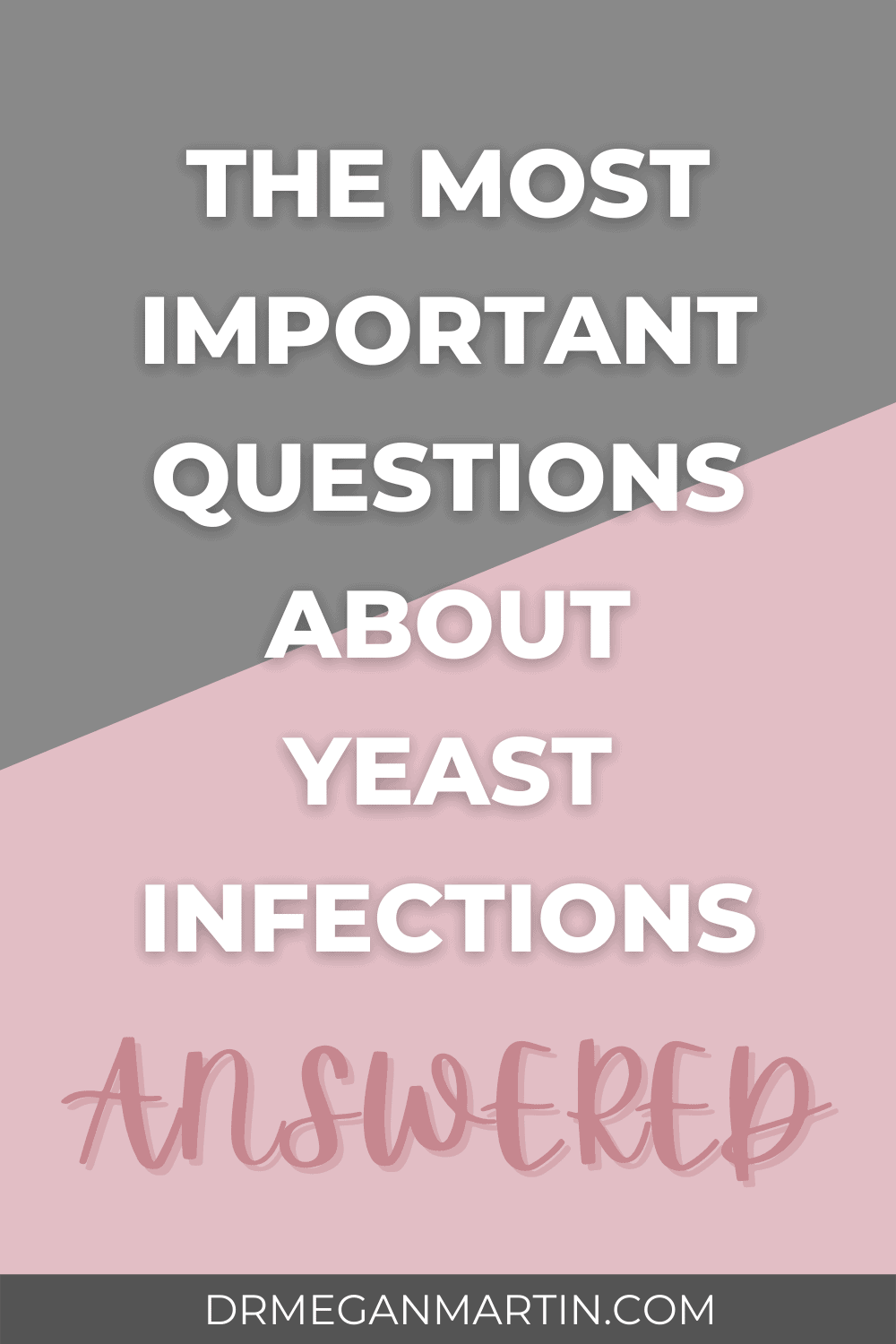You’re sitting at your desk at work. You notice a small itch coming from your nether regions. You adjust your seating and continue working. The itch returns. You shuffle in your seat, hoping no one will notice your strange movements as you try to scratch using the seam of your pants. It’s not helping.
The itch is getting more and more unbearable, so you run to the bathroom to find out what in the world is happening in your pants.
You cannot see much but your vulva is so itchy you can’t help but scratch it vigorously, but it’s not working. The itch is getting worse. You think you’re going to go insane, “How am I going to work like this?!”
Folks, I present to you, yeast infections.
What is a yeast infection?
Yeast infections, also known as candidiasis, are usually caused by a fungus called Candida albicans. As we have talked about before, the vagina has a whole ecosystem of different bacteria living together in harmony. This ecosystem can also include some yeast without it causing any problems.
When this yeast starts to grow out of control, you can develop a yeast infection. Yeast infections can affect many different parts of the body, including the mouth, oesophagus, vulva, vagina and bladder.
Here we will focus on yeast infections affecting the vulva and vagina.
How can I identify a yeast infection at home?
Yeast infections tend to present themselves in a pretty obvious way. The first thing you may notice is that your vulva or vaginal entrance is really itchy. You might even notice that your vulva is very red or even swollen.
The other classical sign is having vaginal discharge that is thick, white and creamy. Us healthcare professionals like to call it a “cottage cheese appearance”. Yum, I know. You won’t look at cottage cheese the same again!
Other signs you can look out for include burning urination and painful sex. When you have a yeast infection on the vulva or vagina, the whole area can become inflamed. The vagina can feel very sensitive and “raw”. Any friction in that area will only aggravate it, including sex.
Do I need to test for a yeast infection?
The answer is yes and no. It depends. If you suspect that you may have a yeast infection, you need to see your healthcare provider.
Because yeast infections present themselves so typically, usually your doctor will only need to take a quick look to know that it is probably a yeast infection. In this case, you will not need to do any testing. The diagnosis is made on your history and examination alone.
Yay for saving money!
If you have recurrent yeast infections or the infection just doesn’t want to get better, we might need to take a swab of the discharge to send it for a fungal cultures at the lab.
The lab will be able to tell us exactly which type of fungus it is and which type of medication will work for it. As we mentioned before, most yeast infections are caused by Candida albicans, but there are other less common types that can cause infections too.
What is the treatment for yeast infections?
Yeast infections can be treated with either oral medication (capsules) or topical creams and/or pessaries.
If you are someone who would prefer to treat the infection locally and not expose the rest of your body to the medication, the topical options would be a good option for you.
The topical options include a clotrimazole pessary, which is a large tablet that you insert deep into the vagina with the help of the applicator. This is a once-off dose. The tablet will dissolve over a few days and treat the infection. This works well if your problem is mainly the vaginal discharge. It might not be a great option if your whole vulva is itching.
The second type of topical treatment is the clotrimazole or miconazole cream. This cream can be used on the vulva and inside the vagina. This one helps the most with the itching. The cream can be used with the help of an applicator to get the cream deep into the vagina.
The downside with this option is that it needs to be used twice a day, every day for 7 days. It can also be really messy and get all over your underwear, so you may need to use a panty liner.
The last option is the oral medication, which is just a once-off dose of fluconazole. One capsule and you’re good to go. It can take a few days before you start to notice improvement, so if your vulva is itching, you can use the clotrimazole cream at the same time.
Can I have sex while I have a yeast infection?
While yeast infections are not considered sexually transmitted infections, it is possible that you can pass a yeast infection on to your partner.
Sexual activity can prolong the infection, introduce different bacteria into the vagina and make the infection more severe. It will take longer for the infection to heal and you’ll land up having to postpone sex even longer!
Yeast infections can be spread from one vagina to another, especially if you aren’t using barrier methods, using the same hand or toy from one vagina to the next without washing it. You will take the yeast from the one vagina and introduce it into the vagina of the partner.
There is a small chance that a yeast infection can be passed from vagina to penis, and this risk increases if they are uncircumcised. Your partner will only need to be treated if they experience any symptoms.
It’s also important to note that the antifungal creams used are oil-based and will break down the latex in a condom and make it ineffective. So you will increase your risk of pregnancy and other sexually transmitted infections.
Holding off on sex until you both have healed completely is the best way to stop the cycle of transmission. You can live without sex for 7 days, trust me!
I keep getting yeast infections, when should I worry?
If you are getting recurrent yeast infections (more than 4 per year), the first thing we worry about is some kind of immune deficiency. It can be a sign that your body has trouble fighting off common infections.
The most important conditions we need to rule out are pregnancy, HIV and Diabetes Mellitus. These conditions can affect your immune system and make it difficult to fight off infections.
If you are having severe infections where you develop tears on the vulva and vagina, you will need to see your doctor urgently.
In summary
Yeast infections are incredibly common and most people with vaginas will have a few infections in their lifetime. Fortunately, they are usually easy to diagnose and treat quickly.
There are different options available for treatment depending on your preferences. But make sure you abstain from all sex until you have completed the treatment and have healed.
If you are having recurrent infections or not improving on the medication prescribed by your doctor, something else may be going on and they will need to do further testing.
Take care of yourself!






0 Comments